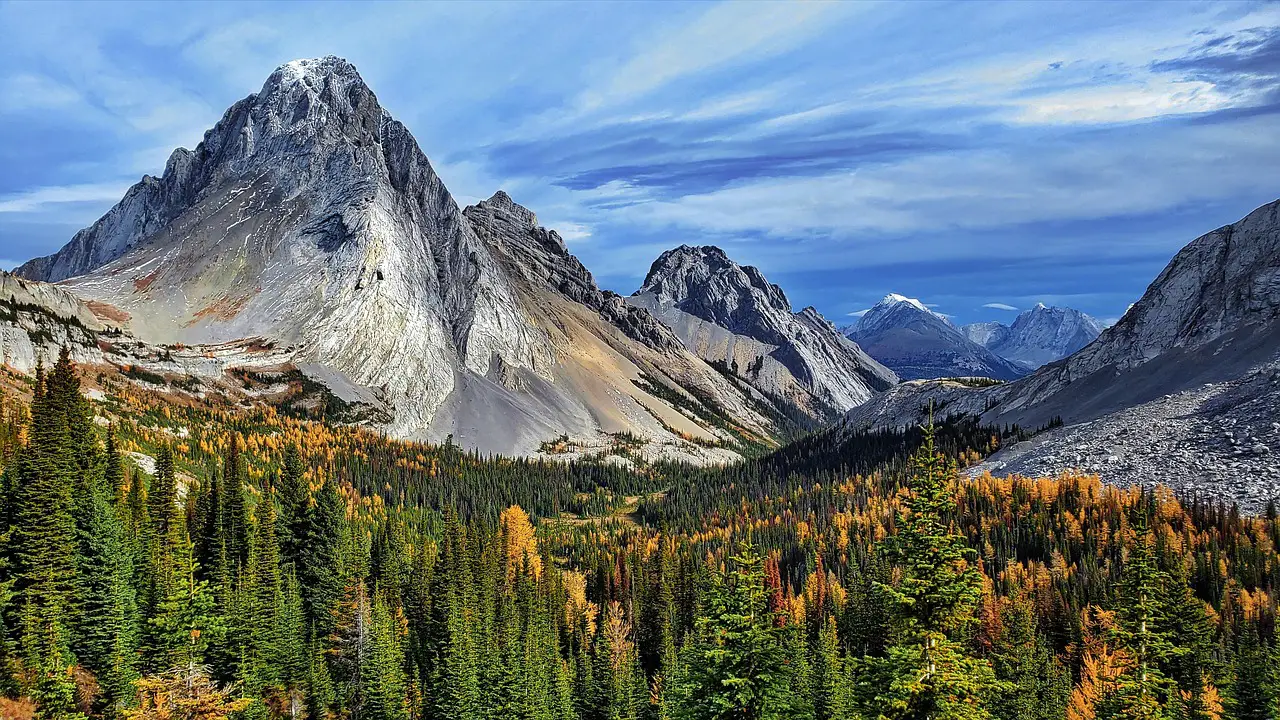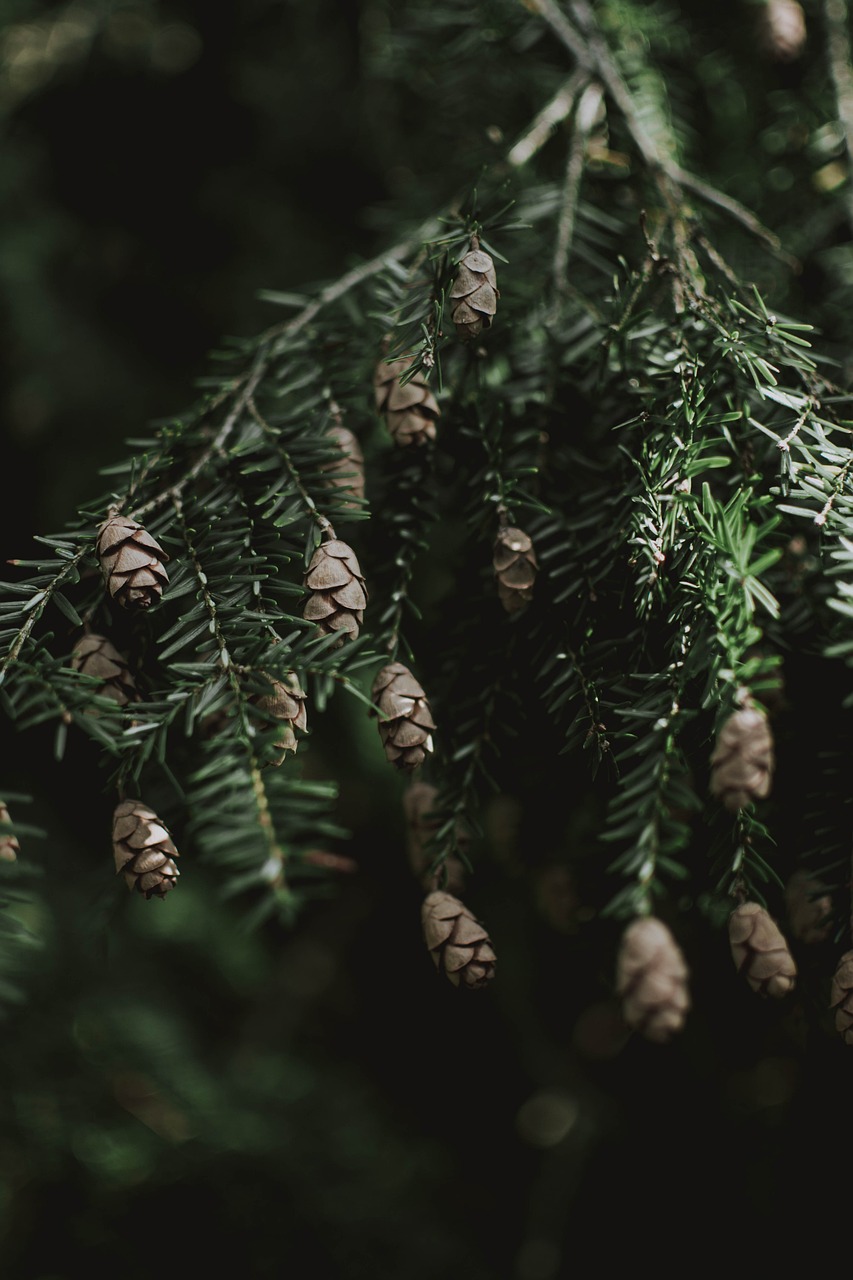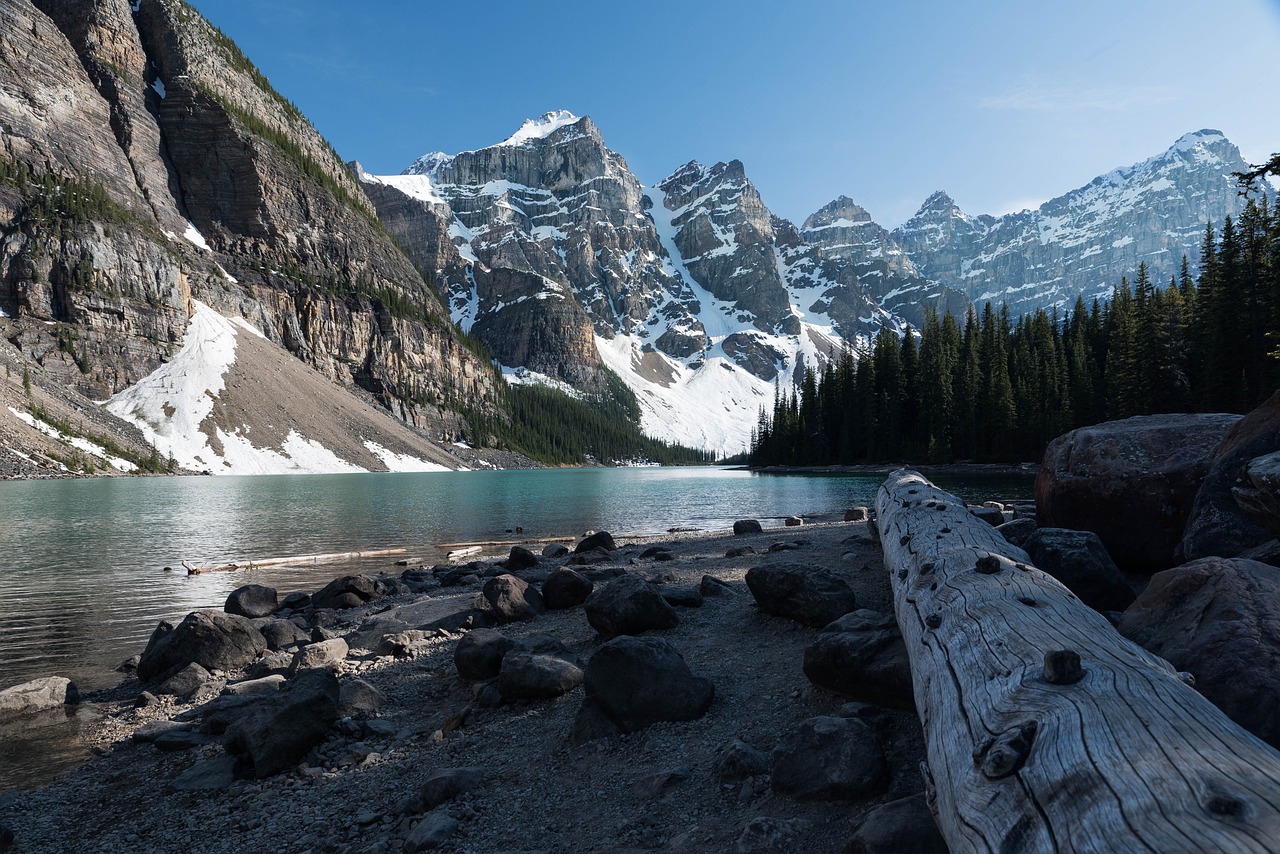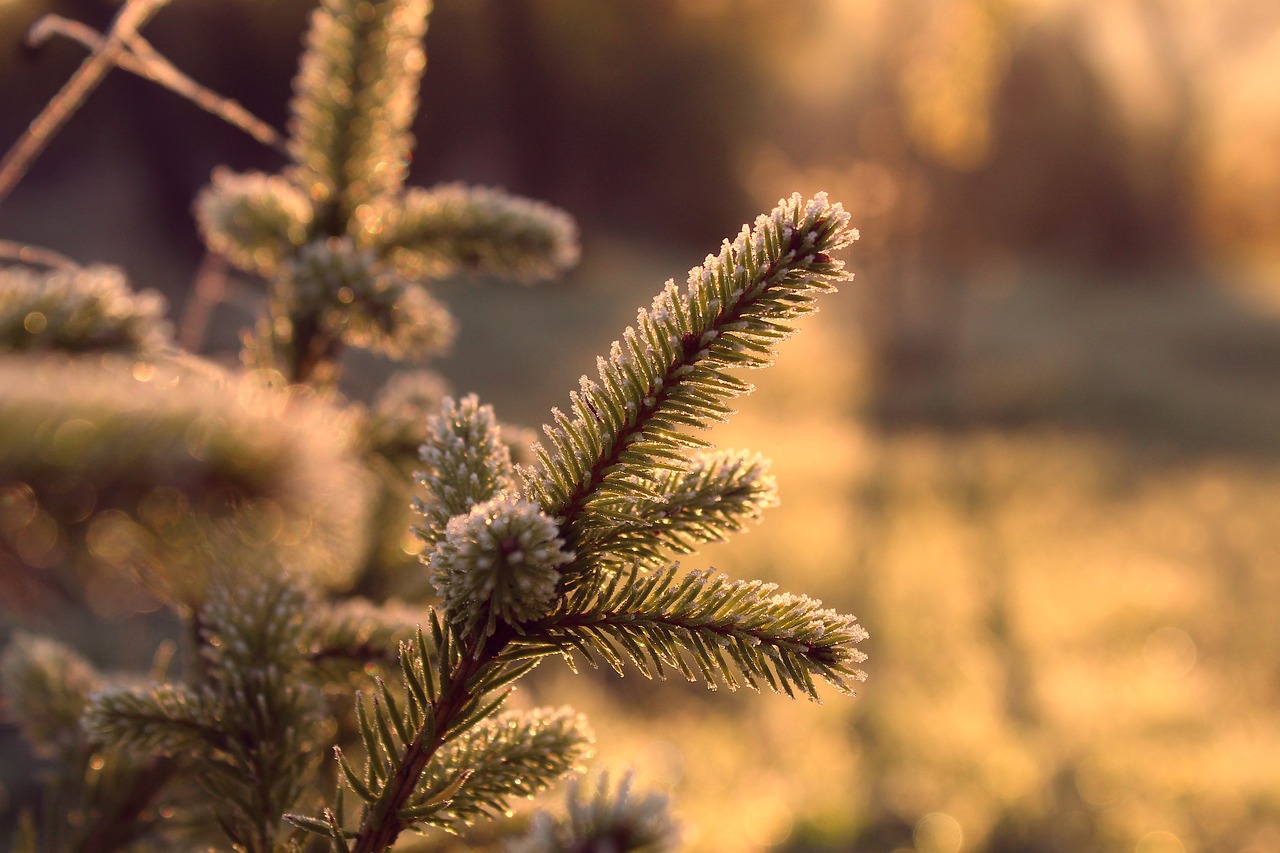The Dwarf Alberta Spruce: Small Tree, Big Impact
The Dwarf Alberta Spruce is a compact conifer known for its dense, bushy appearance. Growing to about 3 to 5 feet tall, it makes an excellent choice for small gardens and landscapes. Its vibrant green needles and symmetrical shape provide year-round beauty, making a significant impact despite its small size.
This charming evergreen tree, scientifically known as Picea glauca ‘Conica’, is a popular choice among gardeners and landscapers alike. Originating from the cold regions of Canada and the northern United States, the Dwarf Alberta Spruce thrives in various climates, showcasing its versatility. With its slow growth rate, this tree is ideal for those who prefer minimal maintenance yet desire a striking addition to their outdoor space.

One of the defining characteristics of the Dwarf Alberta Spruce is its conical shape. This natural form allows it to fit seamlessly into various landscaping designs. Whether used as a standalone feature, in a rock garden, or as part of a formal hedge, its compact stature allows for creative placements in smaller yards.
Key Features and Benefits
The Dwarf Alberta Spruce is not just aesthetically pleasing; it also offers several practical benefits for any garden or landscape. Below are some key features and benefits that highlight its appeal:
- Size: The Dwarf Alberta Spruce typically reaches heights between 3 to 5 feet, making it perfect for confined spaces.
- Growth Rate: It grows slowly, adding about 2 to 4 inches per year, which means less frequent trimming and maintenance.
- Evergreen Foliage: Its lush green needles remain vibrant throughout the year, providing visual interest in every season.
- Cold Hardiness: This tree thrives in USDA zones 2 to 8, making it suitable for various climates.
- Versatility: It can be used in different landscaping settings, including foundation plantings, borders, and ornamental gardens.
Growth Conditions

To ensure a healthy and thriving Dwarf Alberta Spruce, it is essential to understand its preferred growing conditions. Here are the key factors to consider:
| Factor | Description |
|---|---|
| Sunlight | Prefers full sun but can tolerate partial shade. |
| Soil Type | Well-drained, sandy or loamy soils are ideal. |
| Water Requirements | Moderate watering is necessary, especially during dry spells. |
| Fertilization | A balanced fertilizer in early spring helps promote healthy growth. |
The Dwarf Alberta Spruce is relatively low-maintenance once established. However, understanding its growth conditions aids in ensuring that it remains healthy and strong. Proper care will enhance its resilience to pests and diseases, allowing it to thrive in your garden for many years.
In summary, the Dwarf Alberta Spruce stands out not only for its beauty but also for its adaptability and ease of care. Its stature allows it to shine in various landscaping applications, making it a favorite among both novice and experienced gardeners.
Common Uses of the Dwarf Alberta Spruce

The Dwarf Alberta Spruce is a versatile tree that fits well into various landscaping projects. Its compact size and attractive form make it suitable for numerous applications. Below are some common uses for this charming evergreen:
- Foundation Plantings: Due to its small stature, it is often used to accentuate the foundation of homes, providing a natural transition between the building and the landscape.
- Rock Gardens: The Dwarf Alberta Spruce adds a touch of greenery to rock gardens, complementing stones and other plants.
- Hedges: When planted in groups, these trees can create an attractive low hedge that offers privacy without overwhelming a space.
- Container Gardens: Its small size makes it an excellent choice for container gardening, allowing it to thrive on patios and balconies.
- Holiday Decorations: Many people use Dwarf Alberta Spruce as living decorations during the holiday season, often adorning them with lights and ornaments.
Seasonal Characteristics
The Dwarf Alberta Spruce offers seasonal beauty throughout the year. Understanding its characteristics during different seasons can help you appreciate its value even more:
Spring
In spring, new growth appears as bright green tips on the branches. This fresh foliage adds vibrancy to the landscape after the dull winter months.
Summer
During summer, the tree maintains its rich green color. The dense foliage provides excellent shade for smaller plants below, creating a microhabitat that supports diverse wildlife.
Autumn
As autumn arrives, the tree remains evergreen, providing consistent color and structure. This stability contrasts beautifully with the changing colors of other deciduous trees.
Winter
In winter, the Dwarf Alberta Spruce takes on a stunning appearance with snow often resting on its branches. Its conical shape stands out in stark contrast to the white landscape, adding interest to winter gardens.
Cultural Significance and Symbolism
The Dwarf Alberta Spruce carries cultural significance in various contexts. Here are some aspects related to its symbolism:
- Longevity: Evergreens, including the Dwarf Alberta Spruce, are often associated with endurance and longevity due to their ability to retain foliage year-round.
- Stability: The tree’s sturdy structure symbolizes stability and strength, making it a popular choice for memorial gardens.
- Tradition: In some cultures, evergreens are used in holiday traditions, representing life during the dead of winter.
Caring for Your Dwarf Alberta Spruce
Caring for your Dwarf Alberta Spruce is essential for maintaining its health and beauty. Here are some important care tips:
Watering
While the Dwarf Alberta Spruce is relatively drought-tolerant once established, regular watering is crucial during its first few years. Ensure the soil remains moist but not waterlogged.
Pruning
Pruning helps maintain the desired shape and encourages bushier growth. It is best to prune in late winter or early spring before new growth begins. Focus on removing any dead or damaged branches.
Pest Management
Regularly inspect your tree for pests like spider mites or aphids. If detected early, these pests can often be managed with insecticidal soap or neem oil.

Mulching
Applying a layer of mulch around the base of the tree helps retain moisture and suppress weeds. Organic mulch can also improve soil quality as it decomposes over time.
With proper care, your Dwarf Alberta Spruce can thrive for many years, providing beauty and enjoyment in your garden. It is an ideal choice for those seeking a lasting and impactful addition to their outdoor space.
Common Pests and Diseases
The Dwarf Alberta Spruce, while generally hardy, can be susceptible to specific pests and diseases. Knowing how to identify and manage these issues is essential for maintaining the health of your tree. Below are some common problems associated with this species:
Pests
Several pests can affect the Dwarf Alberta Spruce. Here are the most prevalent ones:
- Spider Mites: These small pests thrive in dry conditions. They can cause yellowing of the needles and produce fine webbing on the branches. Regular watering and insecticidal soap can help manage their population.
- Aphids: These insects can cluster on new growth, sucking sap from the leaves. They may cause stunted growth and distorted foliage. Beneficial insects like ladybugs can help control their numbers.
- Scale Insects: These pests attach to the bark and suck sap, leading to yellowing needles and general decline. Applying horticultural oil can effectively suffocate them.
- Bagworms: Often seen hanging from branches in small silk bags, bagworms can defoliate the tree if left unchecked. Handpicking or insecticides can be used to control their spread.
Diseases
In addition to pests, certain diseases can threaten the Dwarf Alberta Spruce. Here are a few to watch out for:
- Root Rot: Caused by overwatering or poor drainage, root rot leads to yellowing and wilting foliage. Ensuring proper drainage and avoiding excess moisture is crucial.
- Needle Cast: This fungal disease results in yellowing and dropping of older needles. Proper spacing between trees and good airflow can help prevent its spread.
- Phytophthora Blight: This soil-borne pathogen affects roots and stems, often leading to sudden tree decline. Good cultural practices, such as avoiding waterlogged soils, can mitigate risks.
Choosing the Right Location
Selecting the appropriate location for your Dwarf Alberta Spruce is critical for its success. Consider the following factors when deciding where to plant:
Sunlight Exposure
The Dwarf Alberta Spruce thrives best in full sun but can tolerate partial shade. However, too much shade can lead to sparse growth and a less attractive appearance. Ideally, aim for at least six hours of direct sunlight per day.
Soil Quality
This tree prefers well-drained soils that are slightly acidic to neutral in pH. Conducting a soil test before planting can provide valuable information about nutrient levels and pH balance. If necessary, amend the soil with organic matter to improve drainage and fertility.
Spacing Considerations
When planting multiple Dwarf Alberta Spruce trees, consider their mature size to avoid overcrowding. Ideally, space them at least 3 to 4 feet apart. This spacing will allow for proper air circulation, reducing the risk of diseases while enhancing their aesthetic appeal.
Landscape Design Ideas
The Dwarf Alberta Spruce’s unique form lends itself well to various landscape design ideas. Here are some creative ways to incorporate this tree into your garden:
- Accent Planting: Use a single Dwarf Alberta Spruce as a focal point in a garden bed or at the entrance of a pathway to draw attention.
- Mixed Borders: Combine it with flowering perennials and shrubs for a vibrant display throughout the seasons.
- Seasonal Displays: Decorate with lights or ornaments during holidays to create a festive atmosphere in your garden.
- Rock Gardens: Integrate it into a rock garden setting alongside stones and drought-tolerant plants for a natural look.
The versatility of the Dwarf Alberta Spruce allows it to complement various design themes, from traditional to contemporary landscapes. With careful planning and consideration of its needs, you can create an inviting outdoor space that showcases this lovely tree’s beauty.
Maintenance Tips for Longevity
To ensure your Dwarf Alberta Spruce remains healthy and vibrant for years to come, regular maintenance is essential. Here are some additional tips to help you care for this beautiful tree:
Fertilization Practices
Applying the right fertilizer can promote robust growth. In early spring, consider a slow-release, balanced fertilizer that is specifically formulated for evergreens. This will provide essential nutrients without overwhelming the plant.
Water Management
While established trees are somewhat drought-tolerant, young Dwarf Alberta Spruce trees require consistent moisture. During dry spells, water deeply and infrequently to encourage deep root growth. A good rule of thumb is to provide about one inch of water per week, either through rainfall or supplemental irrigation.
Seasonal Care
As seasons change, the care requirements of the Dwarf Alberta Spruce may vary. Here are some seasonal care tips:
- Spring: Inspect for winter damage and prune any dead or damaged branches. Apply fertilizer as needed.
- Summer: Monitor watering closely, especially during hot and dry periods. Keep an eye out for pests and treat them promptly.
- Fall: Mulch around the base to conserve moisture and prepare for winter. Remove any fallen debris that may harbor pests or diseases.
- Winter: Protect younger trees with burlap wraps if temperatures drop significantly or if heavy snow is expected.
Environmental Benefits
The Dwarf Alberta Spruce is not only an attractive addition to your garden; it also offers various environmental benefits. Here are some of the positive impacts this tree contributes to its surroundings:
- Air Quality Improvement: Like all trees, the Dwarf Alberta Spruce helps improve air quality by absorbing carbon dioxide and releasing oxygen.
- Wildlife Habitat: This tree provides shelter for various wildlife species, including birds and small mammals, contributing to biodiversity.
- Erosion Control: Its root system helps stabilize soil, reducing erosion in garden beds and landscapes.
- Aesthetic Enhancement: The presence of trees enhances the visual appeal of properties and neighborhoods, often increasing property values.
Final Thoughts
The Dwarf Alberta Spruce is a remarkable tree that exemplifies how a small plant can make a big impact in landscaping. Its compact size, year-round beauty, and adaptability to various garden settings make it a favorite among gardeners and landscapers alike. With minimal maintenance requirements and the ability to thrive in diverse conditions, this tree stands out as an ideal choice for both novice and experienced gardeners.
The versatility of the Dwarf Alberta Spruce allows it to be integrated into a wide array of designs, from formal gardens to casual landscapes. Its unique shape and lush evergreen foliage contribute not only aesthetic value but also numerous environmental benefits. By choosing to plant this tree, you are making a positive addition to your garden that supports wildlife and enhances air quality.
Caring for your Dwarf Alberta Spruce involves understanding its specific needs and incorporating best practices in watering, fertilization, and pest management. With attention and care, your Dwarf Alberta Spruce will thrive, providing beauty and enjoyment for many years to come. In conclusion, this small tree has a big impact—both visually and environmentally—and it deserves a prominent place in any garden design.
